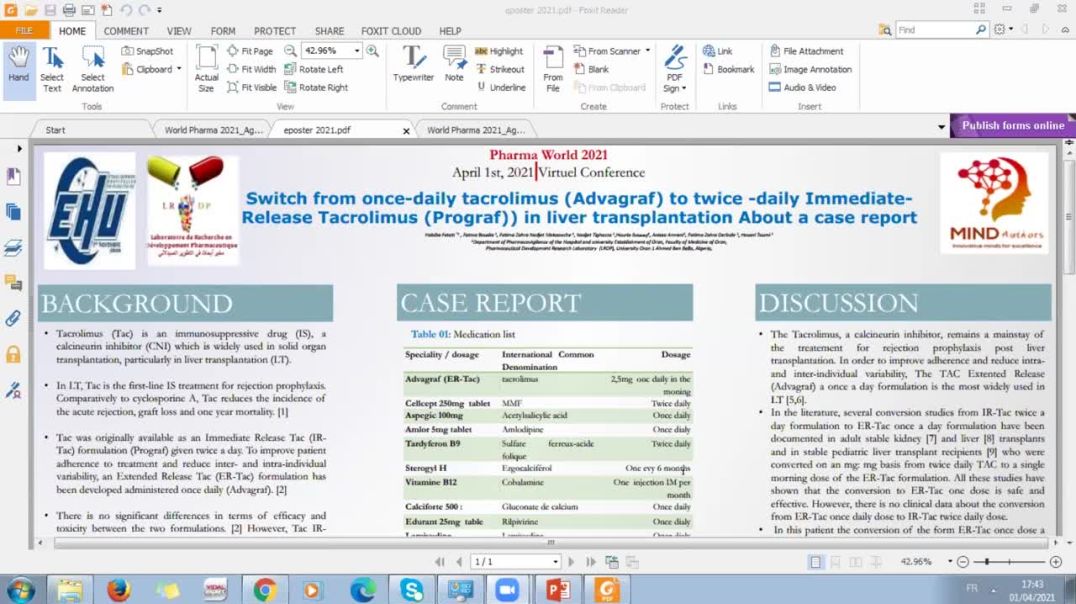Neuromodulation via Retinal Stimulation with Eyeglasses | Deborah Zelinsky
Summary :
Both the mind and the body react and respond to changes in external and internal environments. Current drugs alter blood chemistry and neurological activity, changing overall awareness and perception of surroundings. However, if a patient’s eyes have a mismatch between right and left retinal circuitry, sympathetic nervous system activity can often not be sufficiently calmed with only medications. Balancing mismatched perceptions with eyeglasses can directly have an effect on both neurological and biochemical activity, affecting neurovascular coupling and general patient comfort. This method of selectively stimulating retinal tissue to affect brain activity is a way to alter external sensory signals, something drugs can not do on their own. Currently, there are known direct retinal connections with the hypothalamus, the dorsal raphe, the superior colliculus (which sends some signals to the amygdala) and obviously, the visual cortex. Eyeglasses are traditionally used for eyesight at a cortical level, but subcortical limbic and brainstem connections influence the cortical activity. Retinal activity differs depending on which section is activated, further suggesting that using eyeglasses to selectively stimulate retinal sections is important. Changes in noradrenaline, serotonin and dopamine activity can be modulated via eyeglasses. The two catecholamines in turn affect insulin and calcium channel activity. The serotonin shifts affect anxiety levels. Typically eyeglass prescriptions emphasize clear eyesight by angling light onto the macular region, assessed using stationary targets – letters on a chart. The synergistic effect of Mind-Eye prescription glasses designed for non-macular activity is useful to help mitigate symptoms in many diseases noninvasively.
About Author :
Deborah Zelinsky, O.D., is an optometrist internationally noted for her work in retinal processing. She founded The Mind- Eye Institute in Northbrook, Illinois, where she teaches optometrists to prescribe individualized eyeglasses for an oftenoverlooked peripheral portion of eyesight. The peripheral retina has direct interactions with the brainstem and limbic system in addition to eyesight pathways. Those Brainwear eyeglasses modify overall awareness, biochemistry, and eyeear interactions. Her patients present with a variety of conditions, ranging from autism, epilepsy, attention and learning problems to strokes, neurodegenerative disorders, and brain injury. She serves on the board of the Mind-Eye Institute and the Society for Brain Mapping and is a community leader with the Society for Neuroscience. More information can be found at www.mindeye.com.















